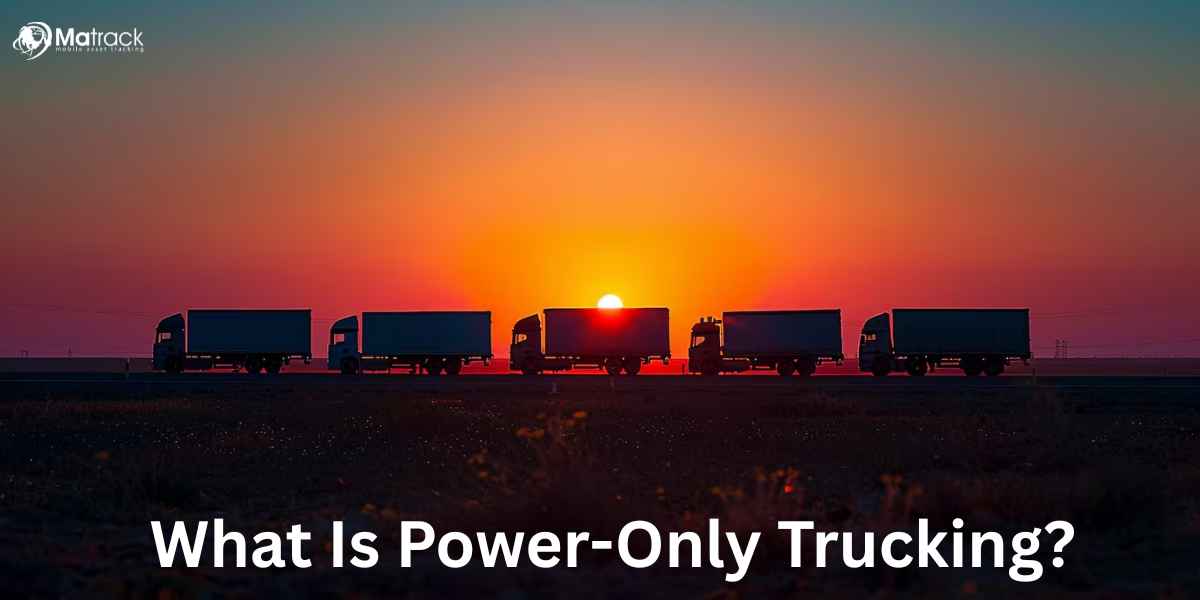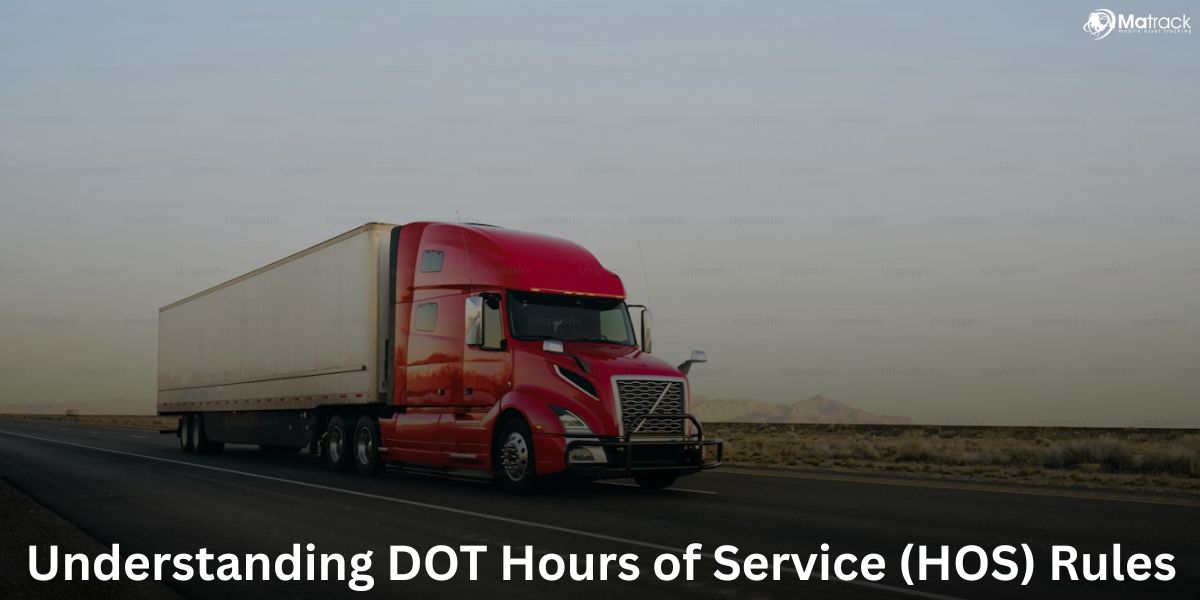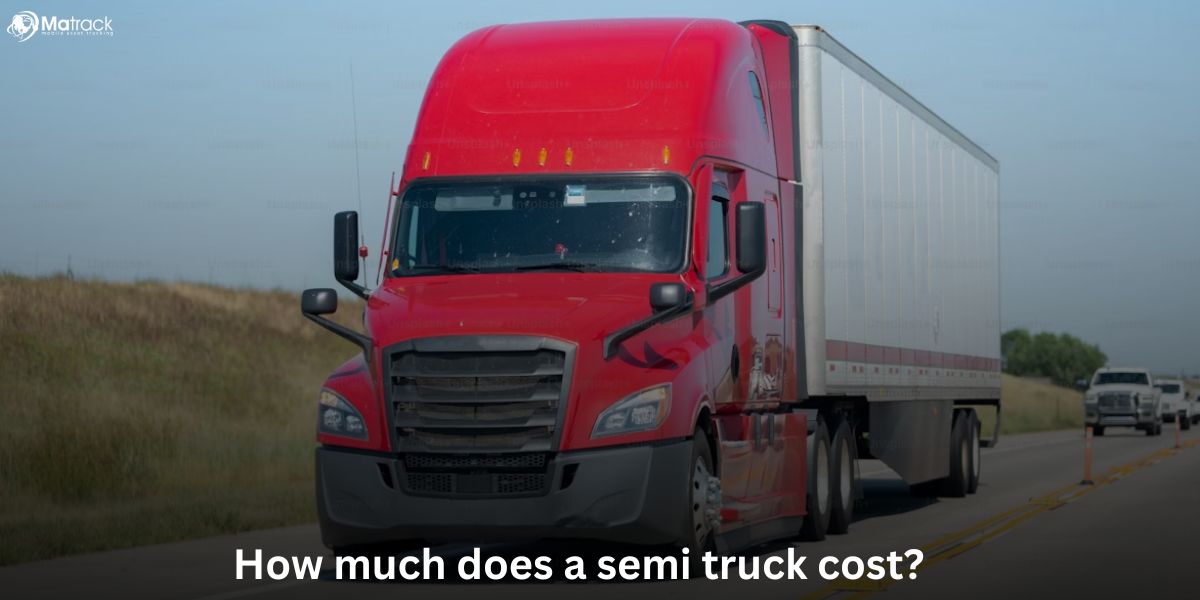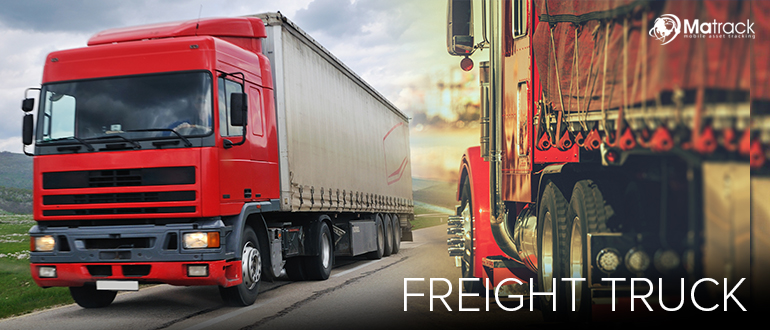Key Takeaways:
- Power-only trucking is a transport model where carriers provide the tractor and driver, and shippers supply the trailer.
- It is used by businesses that own trailers but need flexible access to tractors without running their own fleet.
- This model works best for high-volume, preloaded, or time-sensitive operations where trailer readiness is prioritized.
- Costs depend on line haul rates, detention, trailer use time, and return miles, and can be reduced using GPS, ELDs, and dash cams.
What Does Power-Only Mean In Trucking?
Power-only in trucking refers to a service where the carrier supplies the tractor and the driver, while the trailer comes from the shipper. This allows businesses to use their own trailers and hire just the power unit needed for transport.
The focus in power-only trucking is on the tractor, which connects to pre-loaded trailers provided by the shipper. This gives shippers control over how and when trailers are loaded and staged for pickup.
Power-only operations reduce capital costs, improve trailer utilization, and support faster logistics turnaround. These benefits become clear when looking at how power-only trucking works in real-world shipping operations.
How Does Power-Only Trucking Work?
Power-only trucking works by connecting a shipper’s pre-loaded trailer to a tractor and driver provided by a third-party carrier. This model allows businesses to move freight using their own trailers without investing in a full fleet of trucks or hiring drivers.
Trailer Preparation by Shipper
The process begins at the shipper’s facility, where goods are loaded into trailers ahead of time. These trailers might be dry vans for general freight, reefers for temperature-sensitive loads, or flatbeds for oversized equipment.
Carrier Provides Tractor and Driver
Once a trailer is ready, a contracted carrier sends in a tractor and a licensed driver to pick it up. The driver simply hooks up to the trailer and prepares it for transport, eliminating loading delays and maximizing time on the road.
Execution of Trailer Interchange Agreement
Before the pickup happens, a trailer interchange agreement is signed between the shipper and the carrier. This document defines who is responsible for the trailer, outlines liability, and specifies insurance terms while the trailer is under the carrier’s control.
Transport and Delivery of Cargo
With paperwork in place and the trailer connected, the driver begins the trip to the delivery location. Depending on the arrangement, the trailer is either dropped off for unloading or left for future use.
Optional Trailer Reuse or Retrieval
After delivery, the trailer might be reused for a return shipment, staged at a different location, or sent back empty. These decisions usually depend on route efficiency, trailer availability, and scheduling priorities.
Each step in this process reflects how power-only trucking blends operational control for the shipper with flexible hauling support from the carrier. To see where this model fits best, it’s important to look at the types of businesses that actually use it.
Who Uses Power-Only Trucking?
Power-only trucking is used by businesses that own trailers but do not operate their own tractors or maintain a dedicated driver workforce. This setup provides flexible, scalable transport support without long-term equipment investment.
Retail Distribution Operations
Retail distributors use power-only services to move preloaded trailers between warehouses and stores during high-demand periods. These operations benefit from having trailers loaded in advance and dispatched as soon as tractors are available.
Freight Brokers and 3PL Providers
Freight brokers and third-party logistics companies depend on power-only carriers to manage transportation across complex shipping networks. This approach allows them to secure capacity quickly and coordinate trailer movement without maintaining an internal fleet.
Event and Production Logistics
Event logistics teams use power-only services to transport staging equipment, lighting rigs, and display materials to venues under time-sensitive schedules. Their operations rely on dedicated trailers that are packed before pickup and delivered directly to event locations.
Construction and Equipment Delivery
Construction firms and rental equipment providers regularly use power-only carriers to deliver flatbed-loaded materials and machinery to job sites. These companies focus on using their own trailers while outsourcing transport to qualified drivers and tractors.
What Types of Trailers Used in Power-Only Trucking?
Power-only trucking works with several types of trailers, depending on the freight being moved and how it’s loaded. Each of these trailers must be compatible with standard fifth-wheel systems so that any carrier’s tractor can connect and haul without issue.
Dry Van Trailers
Dry vans are enclosed trailers built for moving general freight like boxes, pallets, and packaged consumer goods. Their closed structure keeps cargo safe from weather and road debris during transit.
Refrigerated Trailers (Reefers)
Reefers are equipped with refrigeration units that keep the inside at a controlled temperature. They are essential for transporting items like food, pharmaceuticals, or anything that must stay cold or frozen.
Flatbed Trailers
Flatbeds are open trailers without walls or a roof, ideal for hauling large or irregularly shaped cargo. Construction materials, machinery, and oversized loads are often moved this way because of the easy access for loading.
Tanker Trailers
Tankers are used to carry liquid or gas cargo, including fuel, chemicals, or food-grade liquids. They’re built with special safety and sealing systems depending on the type of material inside.
Knowing which trailer fits a specific load helps shippers plan better and avoid delays during the connection and transport process. This flexibility is one of the key reasons businesses choose power-only trucking.
What Are the Benefits of Power-Only Trucking?
Power-only trucking offers a high-efficiency transport model for businesses that operate their own trailers but prefer external support for hauling. It removes the need to invest in tractors, reduces in-house driver dependency, and increases speed in trailer movements.
1. Lower Equipment Investment
Shippers using power-only avoid purchasing tractors and hiring full-time drivers, which significantly reduces fixed costs. They eliminate expenses related to insurance, maintenance, fuel management, and vehicle depreciation.
2. Scalable Transport Capacity
Tractors are brought in only when needed, making power-only ideal for fluctuating freight volumes. During seasonal peaks or sudden supply chain shifts, companies can scale transport without delay or long-term commitments.
3. Faster Freight Turnaround
Pre-loaded trailers are ready for pickup when the tractor arrives, cutting out loading delays and reducing detention time. Drivers spend more time moving freight and less time waiting at docks.
4. Higher Trailer Utilization
Trailers remain in motion regardless of internal power unit availability. This model prevents equipment from sitting idle and ensures that capital invested in trailer assets continues to deliver value.
5. Operational Independence
Shippers control trailer availability, cargo loading, and scheduling without being tied to tractor status. This gives internal teams more command over workflow, routing, and warehouse timing.
6. Simplified Regulatory Compliance
The carrier is responsible for driver qualifications, hours-of-service rules, and Department of Transportation standards. This offloads a major part of compliance and legal risk from the shipper’s side.
7. Broad Access to Carrier Networks
Thousands of carriers and owner-operators offer tractors for power-only loads, increasing availability. Shippers can tap into this wide network to meet tight delivery windows or handle emergency hauls.
While these benefits create strong logistical advantages, the power-only model comes with specific trade-offs that must be managed. These limitations center around control, coordination, and trailer responsibility.
What Are the Disadvantages of Power-Only Trucking?
Power-only trucking allows shippers to manage their own trailers, but it introduces specific operational challenges.
These challenges are related to timing, equipment responsibility, and liability across separate parties.
Responsibility for Trailer Maintenance
Shippers are responsible for keeping trailers safe, functional, and legally compliant. This includes regular checks on tires, lighting, brakes, and paperwork before each haul.
Load and Tractor Scheduling Gaps
Trailer loading and tractor arrival often happen on separate timelines. If timing is not carefully managed, either the trailer waits or the driver does, which disrupts the delivery schedule.
Empty Trailer Movement
After delivery, trailers sometimes return without freight. These non-revenue moves increase fuel consumption, driver hours, and total transport cost.
No Control Over Driver Conduct
Drivers are assigned by the carrier, not the shipper. Shippers cannot directly influence driving behavior, punctuality, or communication style.
Equipment Compatibility Issues
Not every tractor matches with every trailer configuration. Variations in height, brake connectors, or coupling hardware can cause unexpected delays during pickup.
Unclear Accountability in Damage Cases
When damage or loss occurs, responsibility may become unclear between trailer owners and tractor operators. Insurance claims are harder to resolve without detailed agreements that define liability terms.
Power-only trucking makes the most sense when the trailer is already in place and the shipper wants full control over how and when it moves. In the right setup, it offers clear advantages without the need to manage tractors.
When Is Power-Only Trucking the Best Option?
Power-only trucking is optimal for shippers with trailer ownership but variable shipping volumes. Use power-only services when:
- Trailer pools exist and require motion without expanding in-house fleets.
- Deadlines are strict and pre-loaded trailers save turnaround time.
- Events, retail launches, or promotional tours involve moving customized trailers.
- Warehouses need off-site storage using loaded trailers.
- Yard management demands more trailer-in-space than driver time.
What Is the Cost Structure in Power-Only Trucking?
| Cost Component | Description |
| Linehaul Rate | Per mile pricing based on region, lane, and trailer type. |
| Detention Charges | Fees applied if the tractor waits beyond the agreed time window at pickup or delivery. |
| Trailer Use Fee | Charge incurred when a tractor holds a trailer for more than the standard time frame. |
| Return Mileage | Cost added when an empty trailer must be returned to the original shipper location. |
How To Optimize Your Power-Only Logistics With Matrack?
Power-only logistics runs smoother when you always know where your equipment is. Matrack’s GPS fleet tracking gives real-time visibility over tractors in motion, helping dispatchers stay ahead of delays and optimize route decisions.
With driver compliance playing a key role in power-only operations, an ELD device becomes essential. Matrack’s system automatically logs hours, reducing paperwork and helping carriers meet regulations without disrupting schedules.
Operational safety matters when drivers are hauling trailers you don’t own. A fleet dash cam from Matrack captures every trip, offering both accountability and clear evidence if anything unexpected happens on the road.



